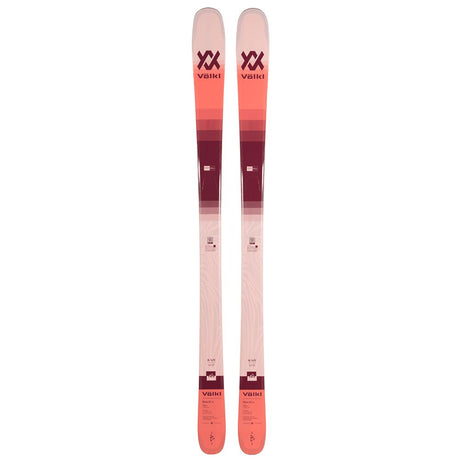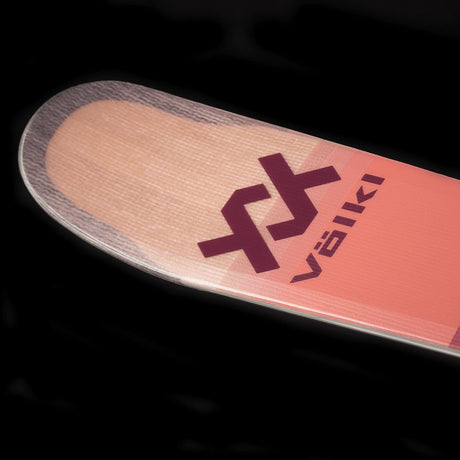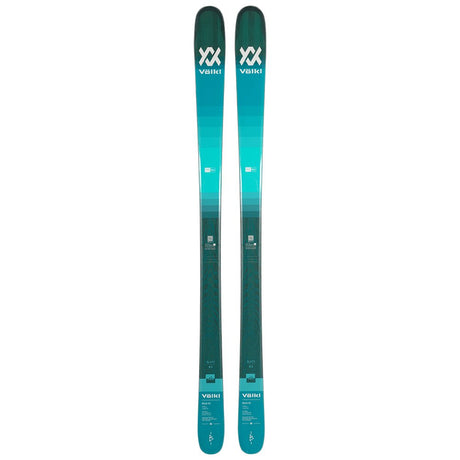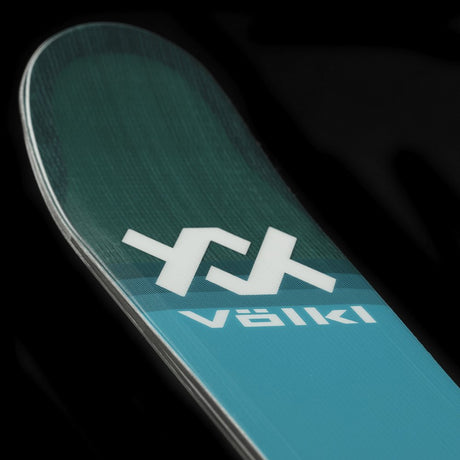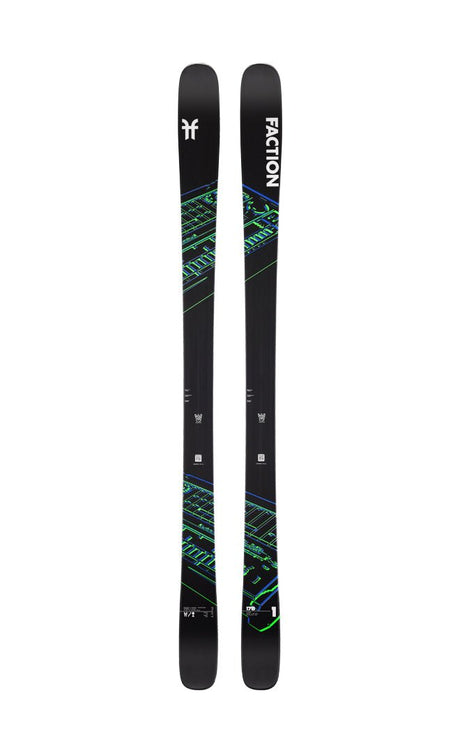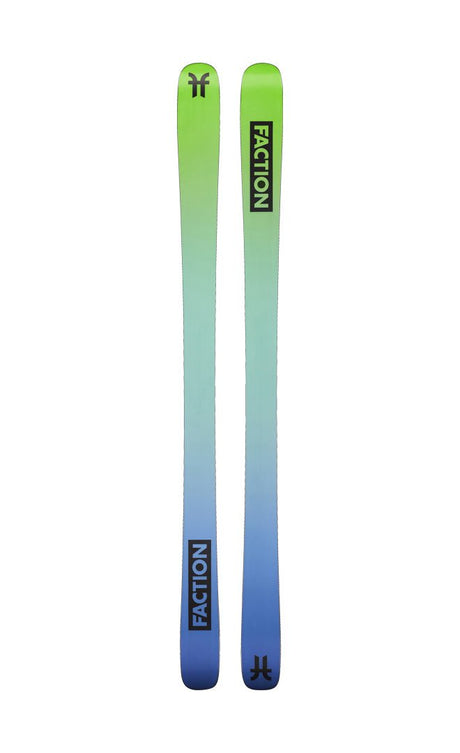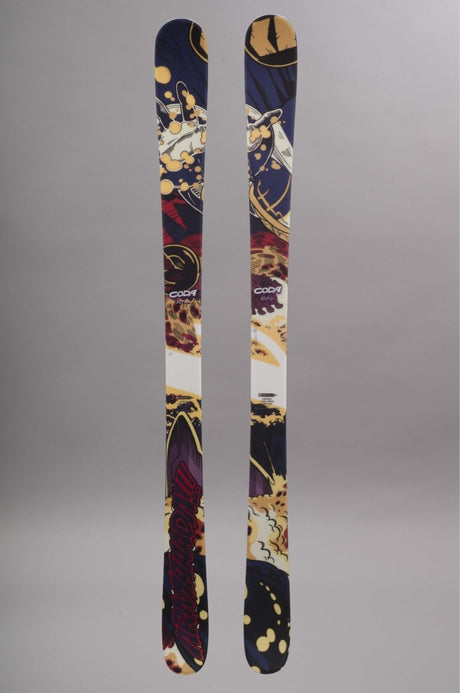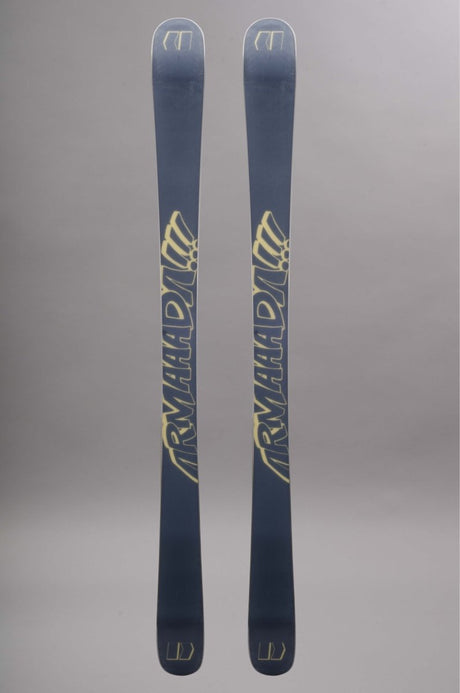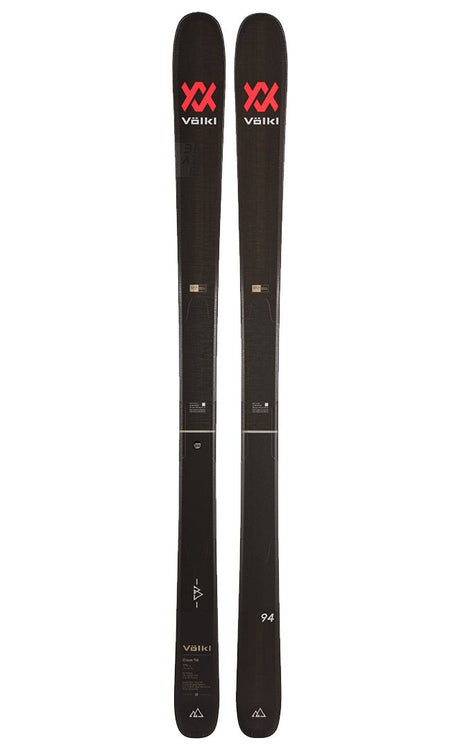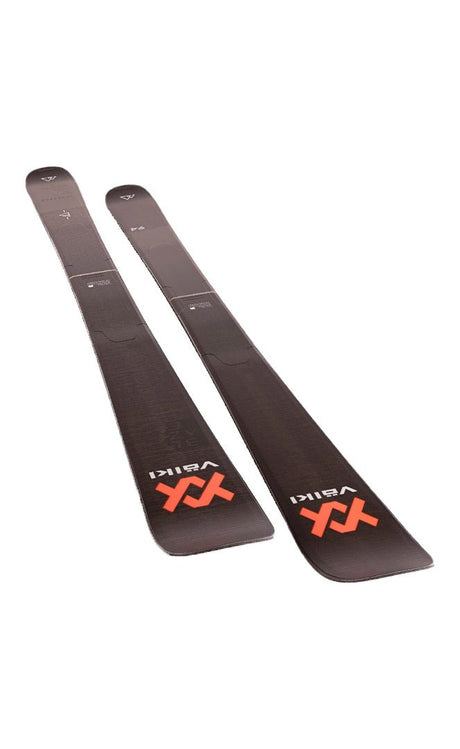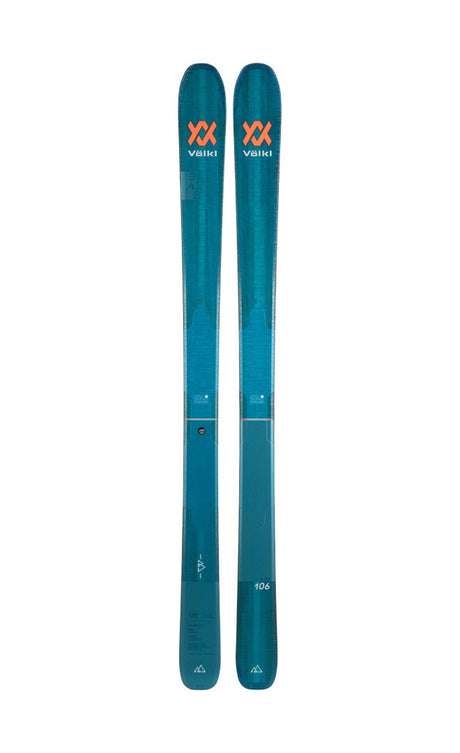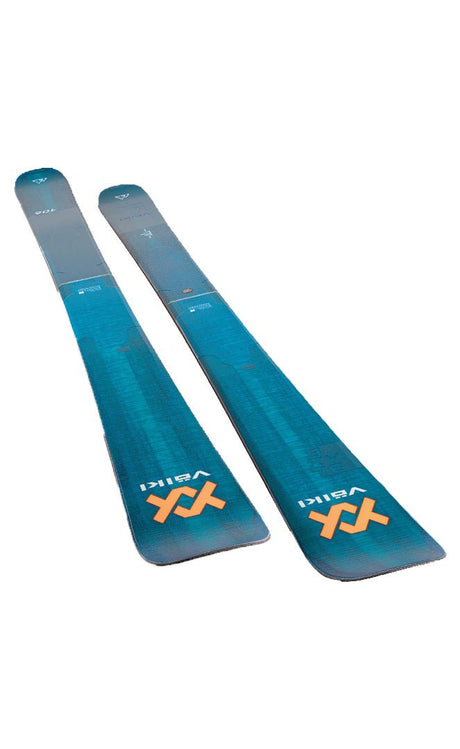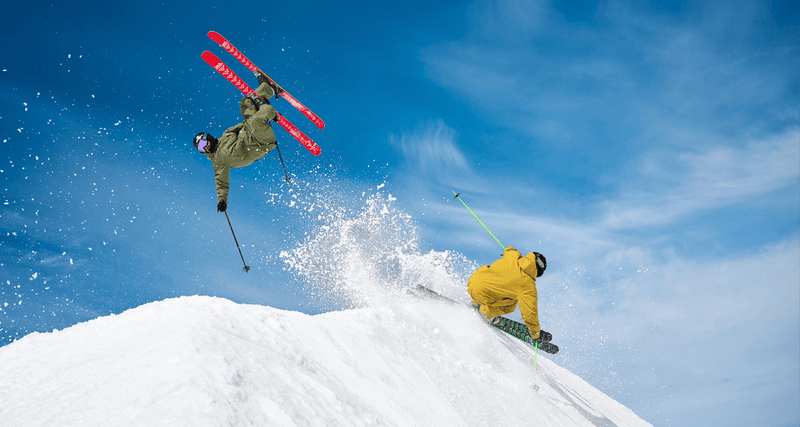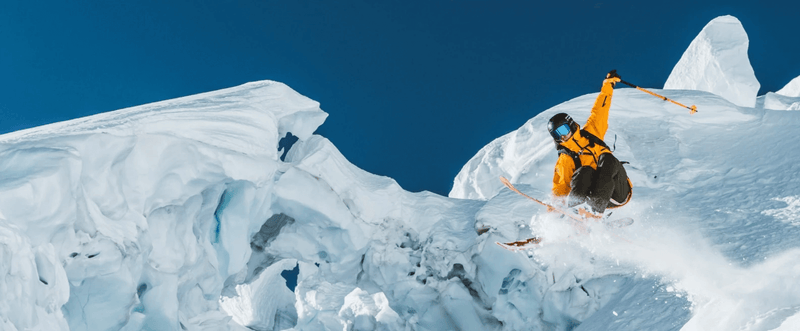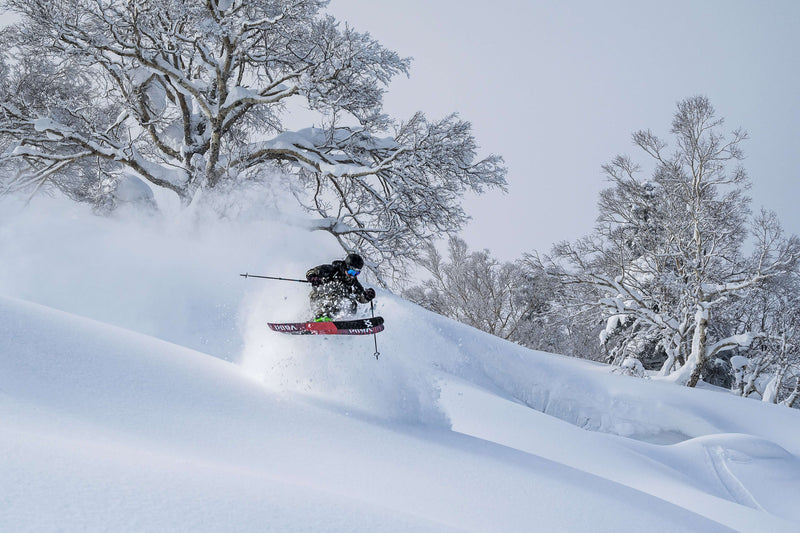
You have long wondered whether to buy or rent skis. And, in the end, you choose to buy!
However, the real puzzle lies in how to wisely choose your skis among the variety of models, brands, and ranges, sometimes leaving a feeling of confusion amidst the ski equipment shelves. HawaiiSurf is here to enlighten you and provide all the essential information to guide you in acquiring your first pair of skis. Follow our guide!
Questions to ask before buying
Each skier has their own identity, skills, a unique style, and preferences. The choice of the perfect pair of skis essentially depends on self-knowledge. It is imperative to take into account factors such as your current skill level, your potential for improvement, your preferences regarding ski terrain, your body size, as well as your budget.
Before diving into the vast selection of skis with attractive technologies and designs offered by HawaiiSurf, take a moment to ask yourself these four essential questions:
- What is my skier profile?
- What is my current skill level and where do I plan to go in my skiing practice?
- What ski size suits my body type?
- What is my available budget?
Once you have clearly defined your needs, you will be ready to explore our range of skis and accessories to wisely complete your equipment. By the way, find our buying guide on "which ski program to choose?", to find your favorite discipline(s)!
What is your skier profile suited to your practice?
- The beginner :
During your first runs on the slopes, you generally choose the green or blue trails. Your preferred technique is the snowplow, both simple and effective and above all safe. Rather than seeking speed, you prefer to maintain a moderate pace, with a few faster downhill moments from time to time. Your main concern is to ensure your safety as well as that of other skiers, avoiding falls and minimizing the risk of collisions.
Tips from the Hawaiisurf team : We advise beginners to wear a protective helmet, which is an essential accessory for everyone's safety. Less known but just as useful as the helmet, you can also use a full back protector that will protect your entire spine during impacts, shocks, or collisions!
- The intermediate vacationing skier :
Since your earliest childhood, you have been going on mountain vacations with your parents, and year after year, this tradition continues by covering 1 to 2 weeks of vacation during the winter. However, it has been many long years since you took lessons to work on your technique. You go almost everywhere, adapting your pace according to the conditions. You are not a fan of high speeds and powder snow, but you occasionally dare, for fun, to cautiously ski along the edges of the slopes.
- The Racer :
Racers get up early and fully enjoy the opening of the freshly groomed slopes. Your main asset is speed and carving wide turns while showcasing your technique well established since your first steps in the resort's ski club.
- The Freestyler :
It's at the snowpark of the resort that these acrobatic skiers or snowboarders go big on the biggest lines of the park! Your asset is the jumps and the adrenaline rush that this practice causes in you. Tricks, grabs, doubles, the technique is there, and spectators stop en masse at the bottom of the lines to watch you. You chain tricks in the park or in powder snow, constantly seeking to push your limits!
- Le Freerider :
Why confine yourself to marked trails when the mountain has no borders and offers an idyllic setting far from the tourist crowds of the resorts? Powder snow, challenging lines, pushing your limits... pure adrenaline! The vast spaces that mother nature offers us, on a good powder day, will tire your legs and you love it!
Tips from the Hawaiisurf team : In addition to specialized freeride skis, we advise you to exercise great caution during this activity! Powder enthusiasts must absolutely ensure the weather conditions and safety flags communicated by the station's pisteurs warning of avalanche risks. They must also equip themselves with effective avalanche safety equipment, including an avalanche victim detector (DVA), a probe, and a shovel. You can also complement your gear with a back protector and an airbag backpack!
How to assess my level?
Estimating your skiing level is also and ABOVE ALL about taking into account your personal feelings! Do you feel capable of:
- Ski on all types of snow?
- Control your skis according to obstacles and speed?
- React to emergency situations?
- Brave the weather changes?
It's not just about categorizing oneself as "beginner," "intermediate," or "expert," but about analyzing one's behavior in relation to your technical skills to accurately assess their level.
When purchasing, two approaches coexist:
- Choose a pair of progressive skis that will perfectly accompany you during your development
- Choose a specific model that will need to be changed according to your development and progress.
For example :
- An evolving ski will never perfectly adapt to you. Indeed, it will not lack maneuverability suitable for all levels and situations. The evolving pair is ideal if you ski 1 to 2 weeks per year because they will be easier to get back into and will prevent leg pain from the first slides!
- A ski dedicated to a specific practice will have specific characteristics designed for a certain level on a particular playground. It will therefore be excellent in its field but will limit its maneuverability in others. This type of ski is therefore recommended for regular skiers looking to progress in their practice, which they will change step by step by moving up the range!
Tips from the Hawaiisurf team : For the purchase of a first pair of skis, it is better to choose a beginner model, which will ensure optimal maneuverability and correct small edge mistakes! The sliding will be simplified, comfortable, and enjoyable to learn quickly and effortlessly!
What size should I choose for my skis?
- Short version: -5 to -10cm below your height
- Long version: It depends on your level, practice, and preferences. Beginner skiers can also count between -5 and -10cm
However, the specific models have a summary table of recommended sizes based on the type of ski and your level.

And for my budget?
You have the option to get entry-level skis for around a hundred euros, or even less if you find a good deal during sales or promotions. If you ski several weeks a year, this option is already economically advantageous compared to renting.
Regarding more advanced models, prices can exceed one thousand euros. In this range, you will find cutting-edge skis designed for the most experienced skiers.
The price range is therefore quite wide, which allows you to find skis that fit your budget. Of course, the price is generally proportional to the quality. Entry-level skis tend to have a shorter lifespan compared to high-end models. Besides the technical features, the cost also takes into account the durability of the materials and the quality of the finish.
And there you have it, you have all the reassurance cards that will help you find the ideal pair of skis, by asking yourself the right questions to properly assess your level!
Discover now our ranges of skis that will perfectly adapt to your progress, your expectations, and above all, your limits at the best prices!






















